On October 6th local time, the Karolinska Institute in Sweden announced that the 2025 Nobel Prize in Physiology or Medicine would be awarded to American scientists Mary E. Brunkow, Fred Ramsdell, and Japanese scientist Shimon Sakaguchi, in recognition of their groundbreaking discoveries concerning peripheral immune tolerance. The laureates will share the prize money of 11 million Swedish kronor.
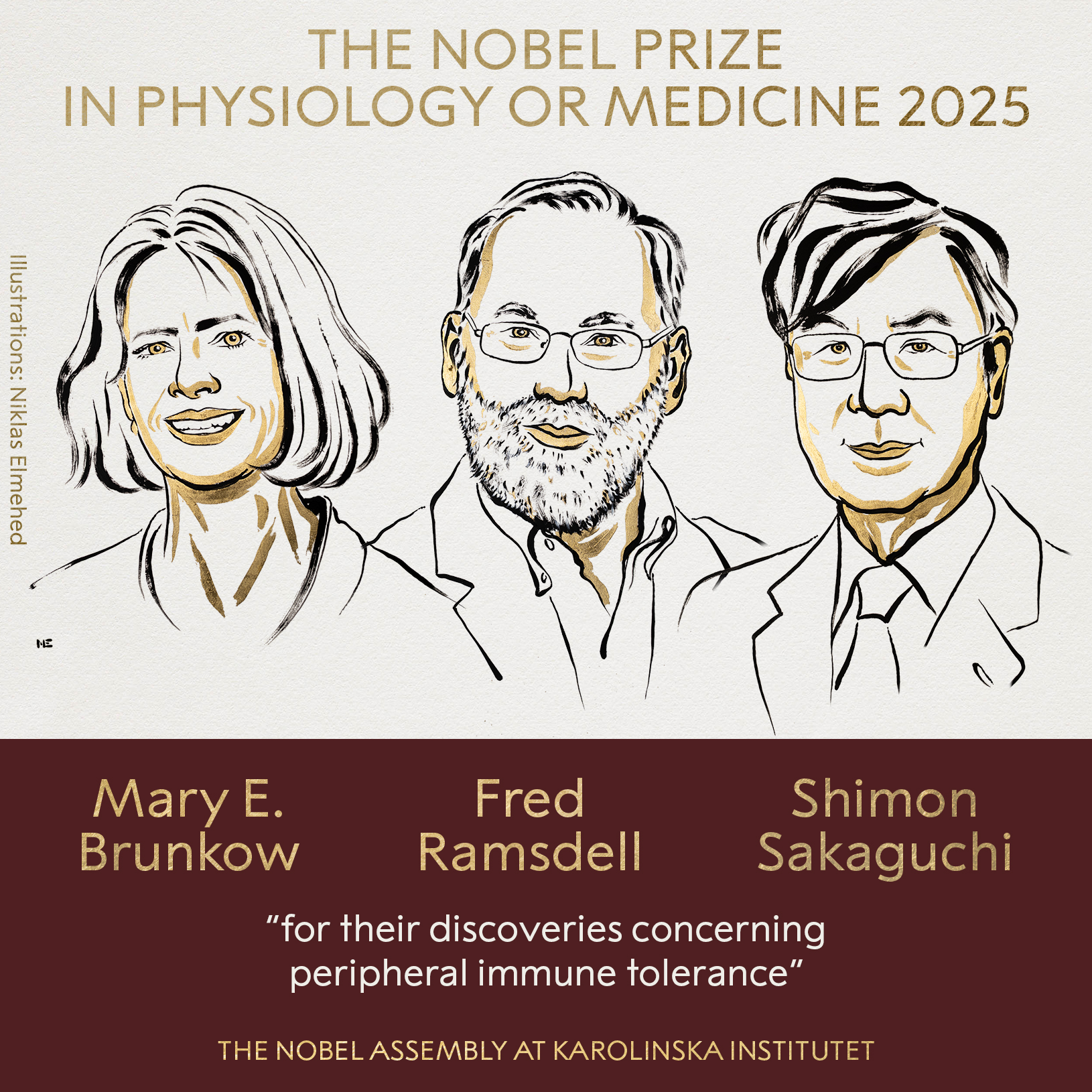
The research of the three scientists forms a perfect scientific relay:
· In 1995, Shimon Sakaguchi challenged the idea of central tolerance as the sole mechanism, by identifying a subset of regulatory T cells (Tregs) with immune suppressive function, proving they act as "peacekeepers" in peripheral tissues to prevent autoimmune attacks.
· In 2001, Brunkow and Ramsdell discovered that mutations in the Foxp3 gene cause Treg dysfunction in an autoimmune disease mouse model, leading to multi-organ autoimmune pathology. Harmful mutations in the human equivalent gene were found to cause the fatal IPEX syndrome.
· In 2003, Sakaguchi's team conclusively demonstrated that FOXP3 is the "master control gene" for Treg development and function. This discovery perfectly linked the cellular phenotype with the molecular mechanism, opening a new era in Treg biology.
Together, the three scientists elucidated the central role of Tregs and their key transcription factor FOXP3 in maintaining immune self-tolerance, laying the cornerstone of modern immunoregulation.
T cells: The immune system's sensors for identifying invaders
The human immune system consists of innate barriers, innate immune cells, and adaptive immunity. T cells are core executors of adaptive immunity. T cells recognize antigens via the T-cell receptor (TCR) and are broadly divided into CD4⁺ and CD8⁺ subsets, providing helper and cytotoxic functions respectively. Normally, activated effector T cells clear pathogens or tumor cells. However, without proper regulation, the immune response can go awry, leading to mistaken attacks on the body's own tissues.
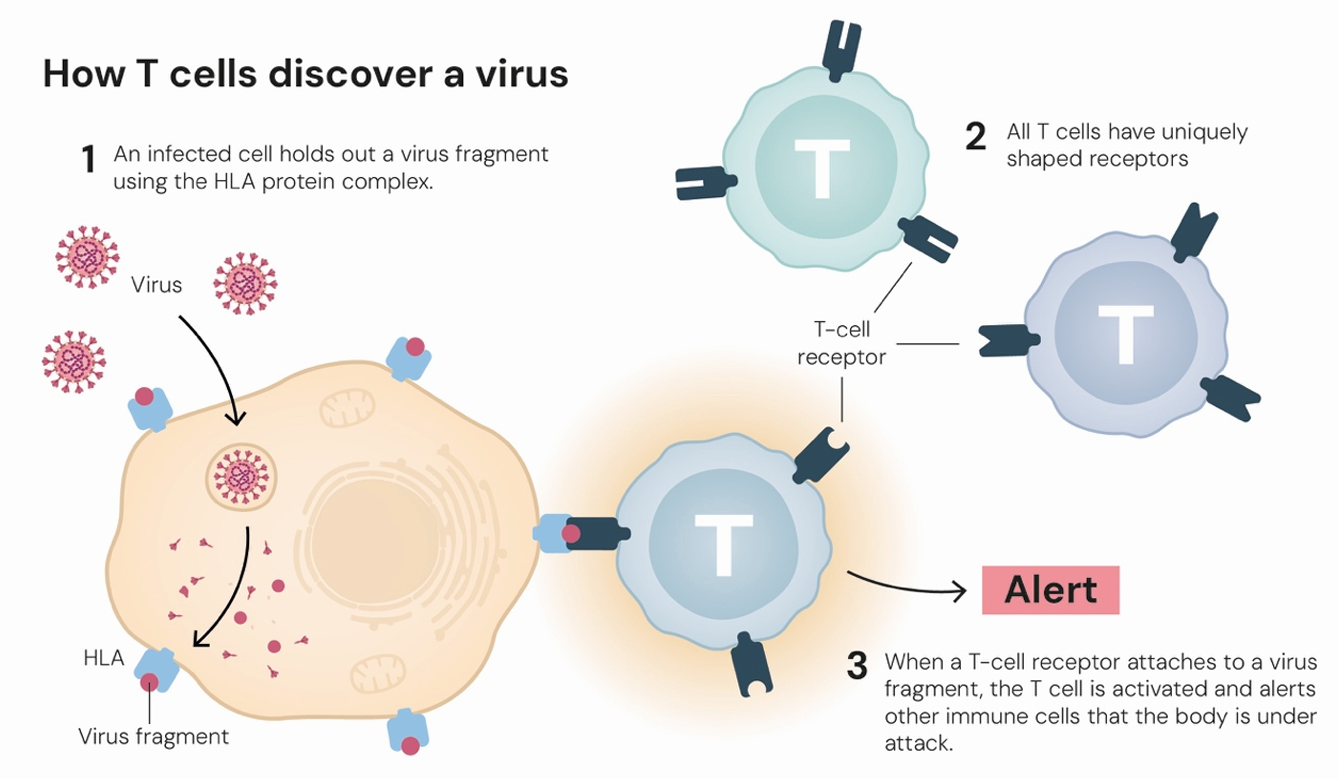
Figure 1. How T cells discover a virus
When T cells mature in the thymus, those that recognize the body's own – endogenous – proteins are sorted and removed. This process is called central tolerance.
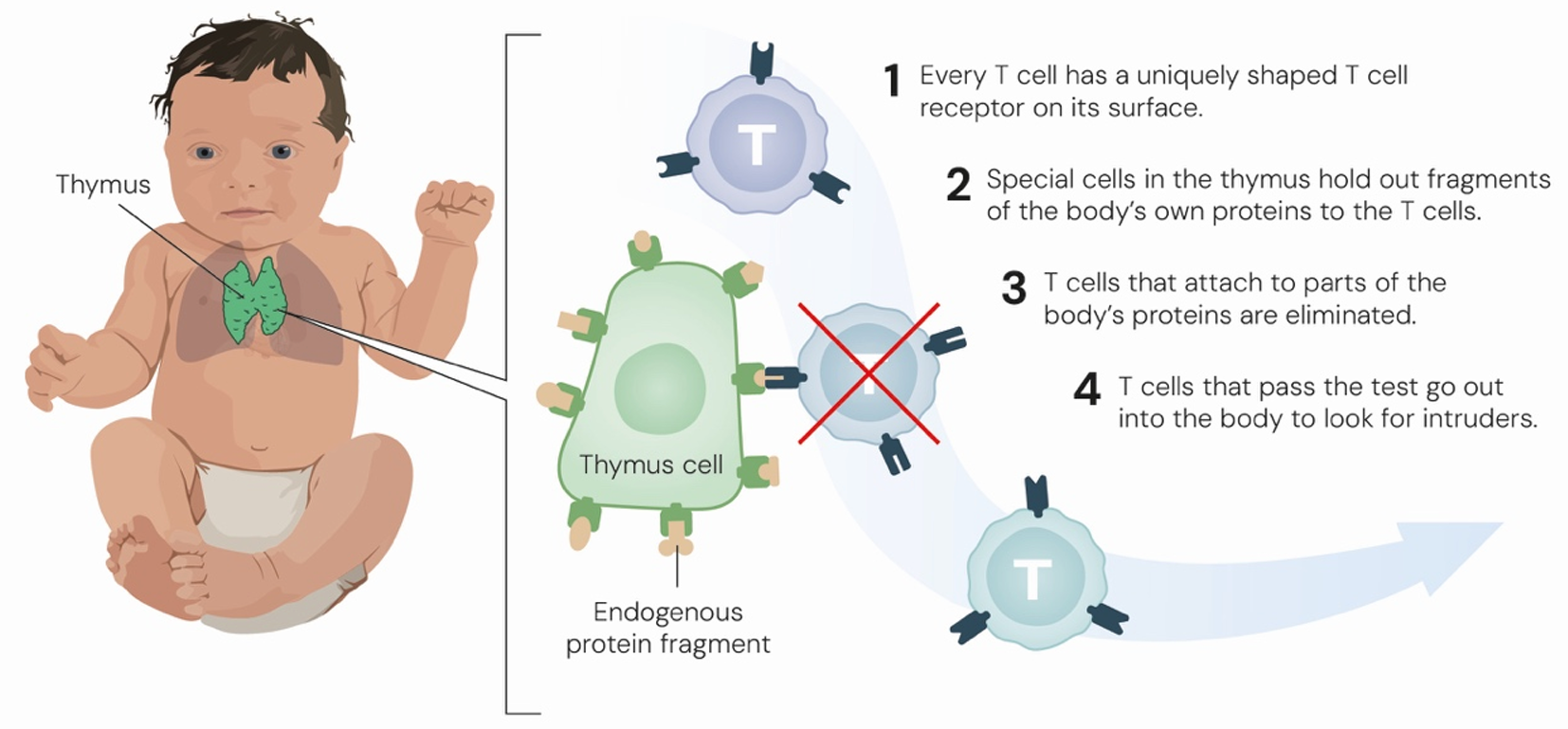
Figure 2. How harmful T cells are eliminated
Shimon Sakaguchi discovers regulatory T cells
In the 1980s, some researchers suspected the existence of a type of cell they called suppressor T cells. They believed these dealt with T cells that had slipped through the test in the thymus. However, this hypothesis was not widely accepted, and the research field was more or less abandoned.
One researcher, Shimon Sakaguchi, working at the Aichi Cancer Center Research Institute in Nagoya, Japan, was inspired by an earlier and contradictory experiment. To understand the role of the thymus in T cell development, he surgically removed this organ from newborn mice. He hypothesized that the mice would develop fewer T cells and have a weaker immune system. However, if the operation took place three days after the mice were born, the immune system went into overdrive and ran amok, resulting in the mice developing a range of autoimmune diseases.
To better understand this phenomenon, at the start of the 1980s Shimon Sakaguchi isolated T cells that had matured in genetically identical mice and injected them into the mice without a thymus. He found that this could protect the mice from autoimmune diseases, indicating the existence of T cells capable of providing such protection.
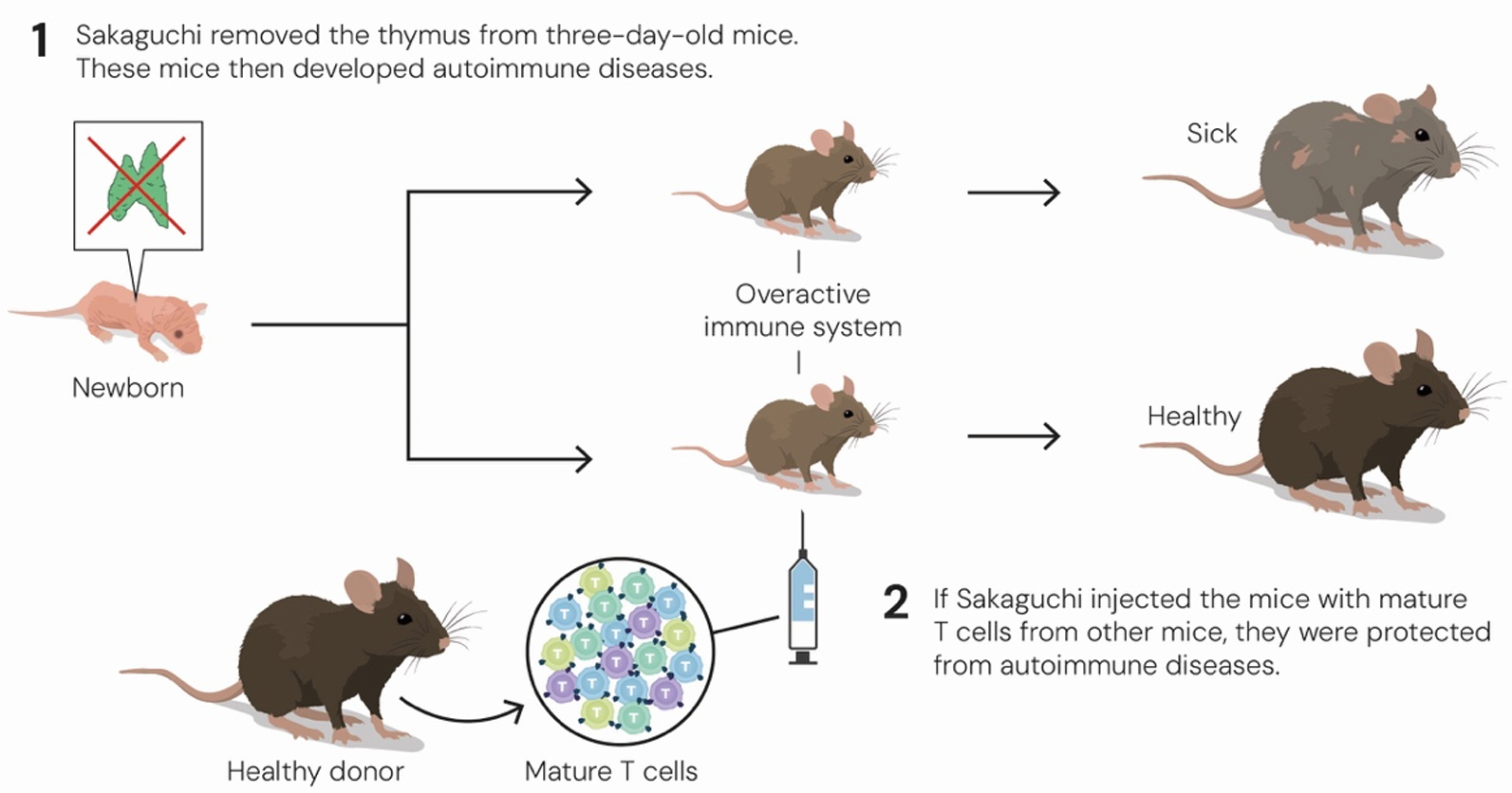
Figure 3. The experiment that inspired Sakaguchi
This and other similar results convinced Sakaguchi that the immune system must have some form of security guard – cells that could calm down other T cells and keep them in check. But what type of cell was this?
In 1995, Shimon Sakaguchi presented an entirely new class of T cells to the world – regulatory T cells (Tregs). He demonstrated that these T cells – which calm the immune system – are characterized not only by carrying CD4 on their surface, but also a protein called CD25.
Sakaguchi showed that the T cells with CD25 on their surface protect against autoimmune diseases through an experiment in mice that lacked T cells. If he injected CD4-bearing T cells into the mice, but removed all the cells with CD25, the mice developed serious autoimmune diseases. If he added CD25-bearing cells, the mice remained healthy.
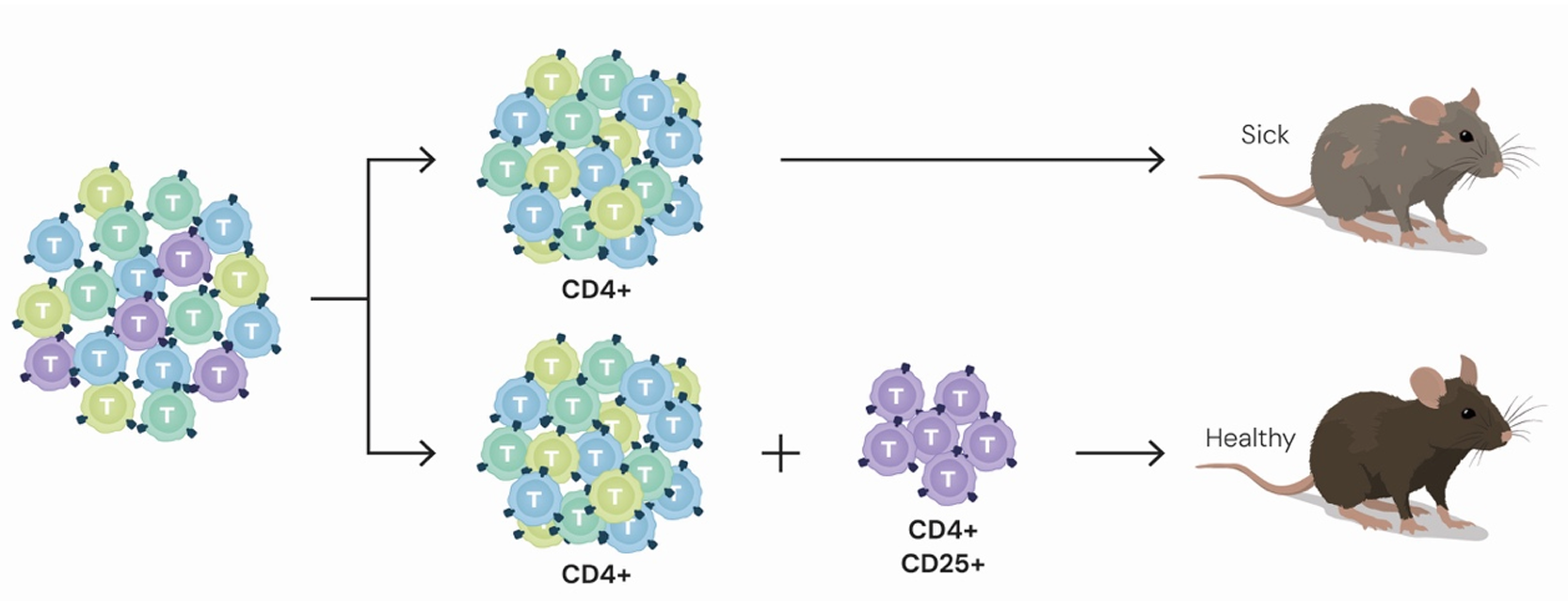
Figure 4. Sakaguchi defines a new class of T cells
Mary E. Brunkow and Fred Ramsdell discover the FOXP3 gene
Mary E. Brunkow and Fred Ramsdell worked at Celltech Chiroscience, a biotech company in Bothell, Washington, USA, that developed pharmaceuticals for autoimmune diseases. They became interested in a mouse strain called scurfy. Male scurfy mice were born with scaley and flaky skin, an extremely enlarged spleen and lymph glands, and lived for just a few weeks. Research showed the disease was caused by a mutation on the X chromosome. This scurfy mutation caused a rebellion in the immune system, leading to T cells attacking the mice's own organs and destroying tissues.
Brunkow and Ramsdell realized that if they could understand the molecular mechanism underlying the scurfy mice's disease, they could gain decisive insights into how autoimmune diseases arise. They decided to search for the scurfy mice's mutant gene. After extensive work, they successfully pinpointed the mutated gene. This faulty gene was previously unknown but had similarities to a group of genes called forkhead box or FOX genes, which regulate the activity of other genes and affect cell development. They named the new gene Foxp3.
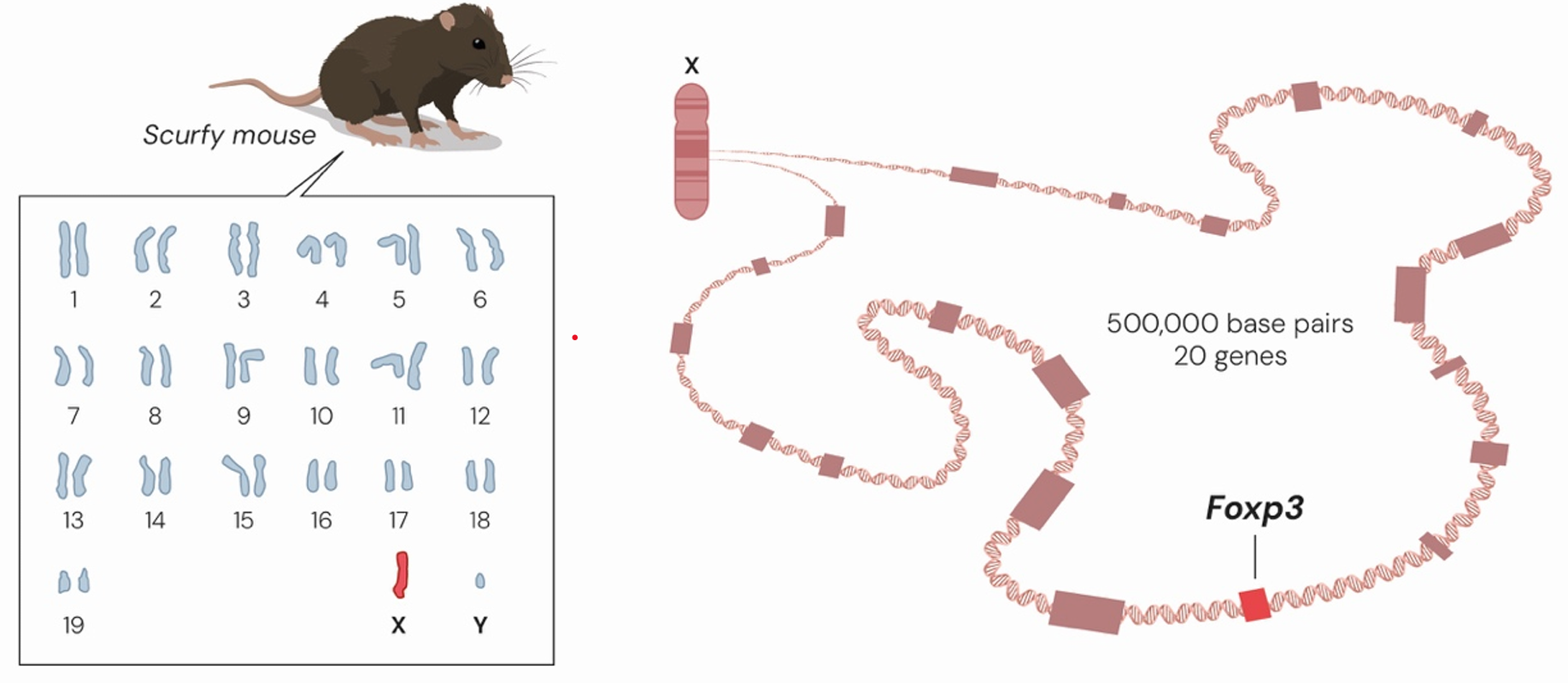
Figure 5. Brunkow and Ramsdell find the needle in the DNA haystack
The regulatory mechanism of Tregs
The FOXP3 gene controls the development of regulatory T cells. These cells prevent other T cells from mistakenly attacking the body's own tissue, which is crucial for a process called peripheral immune tolerance. Regulatory T cells also ensure the immune system calms down after it has eliminated an invader, so it does not continue working at top speed.
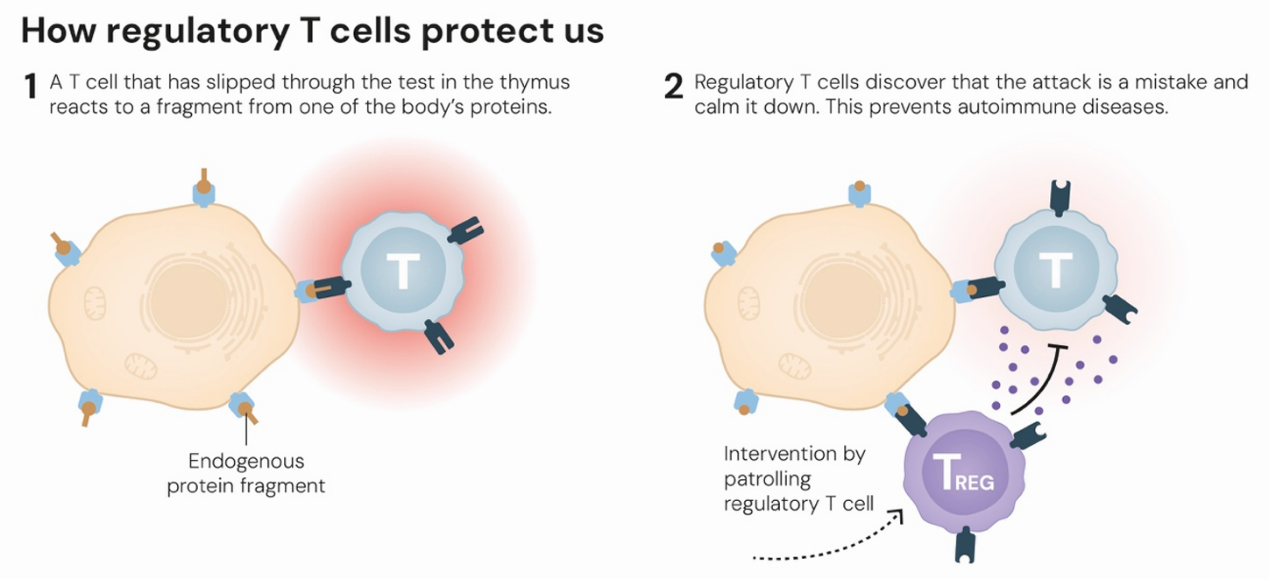
Figure 6. How regulatory T cells protect us
FOXP3 regulation of Tregs in different tissues and developmental stages
· Thymic stage (tTreg): In the thymus, stimulation by self-antigens with medium affinity prompts precursor CD4⁺ single-positive cells to upregulate FOXP3, forming natural regulatory T cells (tTreg). This stage heavily relies on sustained FOXP3 expression; its loss leads to Treg instability and systemic autoimmunity.
· Peripheral induction (pTreg): In peripheral tissues like the gut and skin, dendritic cells, with signals like TGF-β and retinoic acid, induce FOXP3 expression, generating peripherally induced Tregs (pTreg). These cells can exhibit partial suppressive function even before full FOXP3 expression, indicating a FOXP3-independent preliminary program.
· Tissue-specific function: Single-cell transcriptome and chromatin accessibility analyses show that FOXP3 cooperates with tissue-specific transcription factors (e.g., BATF, IRF4) to regulate gene networks, enabling Tregs to perform specialized functions in different tissues.
· Dynamic regulation: Under steady-state conditions, mature Tregs can maintain function in low-dose IL-2 environments. In inflammatory or tumor microenvironments, FOXP3 again becomes key for maintaining suppressive activity; its loss leads to Treg functional decline.
Some might still wonder about the significance of this Nobel Prize, especially those less familiar with autoimmune diseases.
Traditional treatments for autoimmune diseases like systemic lupus erythematosus and rheumatoid arthritis often rely on broad-spectrum immunosuppressants. While they can alleviate symptoms, they often "accidentally harm" overall immune defense, increasing the risk of infections and cancer. The discovery of Treg cells and the FOXP3 gene by the three Nobel Laureates has opened a new "precision regulation" path for treating autoimmune diseases – no longer simply suppressing the immune system, but "repairing its self-regulatory capacity."
Today, multiple Treg-based therapies are in clinical trials worldwide, aiming to rebuild immune balance by expanding a patient's own Treg cells ex vivo and reinfusing them, or by developing drugs targeting the FOXP3 pathway. Currently, low-dose IL-2, Treg cell infusion, anti-CD25/CTLA-4 antibodies, and emerging CAR-Treg and gene-editing technologies together form a therapeutic matrix targeting FOXP3/Treg, providing rich experimental models and translational pathways for frontier researchers. This not only brings hope for a cure to millions with autoimmune diseases but also provides a new scientific basis for organ transplantation, allergic diseases, and even cancer immunotherapy.
The weight of this Nobel Prize lies in its shift of immunology from "confrontation" to "dialogue," teaching humanity to reconcile with its own body.
As a long-term participant in the field of immunological research, AntibodySystem has been deeply inspired by this milestone discovery and has laid out a series of product lines on the basis of this solid scientific foundation. AntibodySystem can provide recombinant proteins and specific antibodies targeting FOXP3, which can accurately assist researchers in the functional identification of Treg cells.
FOXP3 Related Products
|
Catalog |
Product Name |
|
YHJ52502 |
Recombinant Human FOXP3 Protein, N-His-SUMO |
|
YWJ52501 |
Recombinant Zebrafish FOXP3 Protein, N-His |
|
YHJ52501 |
Recombinant Human FOXP3 Protein, N-His |
|
YMJ52501 |
Recombinant Mouse FOXP3 Protein, N-GST & C-His |
|
MHJ52511 |
Anti-Human FOXP3 Monoclonal Antibody (1A208), FITC |
|
MHJ52524 |
Anti-Human FOXP3 Monoclonal Antibody (1A211), APC |
|
MHJ52531 |
Anti-Human FOXP3 Monoclonal Antibody (1A208), PE |
|
RHJ52504 |
Anti-FOXP3 Antibody (R3W27) |
|
PMJ52501 |
Anti-Mouse FOXP3 Polyclonal Antibody |
|
MHJ52501 |
Anti-Human FOXP3 Monoclonal Antibody (1A208) |
Related Core Indicators for Tregs/FOXP3 Research
|
Catalog |
Product Name |
|
VMB95801 |
InVivoMAb Anti-Mouse CD25/IL-2Rα Antibody (PC-61.5.3) |
|
PHB95901 |
Anti-CD4 Polyclonal Antibody |
|
RHD19402 |
Anti-CD127/IL7R Antibody (R3E63) |
|
FHD17230 |
Anti-Human CD152/CTLA4 Antibody (SAA0062) |
|
FHJ89820 |
Anti-Human CD357/TNFRSF18/GITR Antibody (hu6C8) |
|
FHD30410 |
Anti-Human CD223/LAG3 Antibody (LAG-525) |
|
PHB91501 |
Anti-TGFA Polyclonal Antibody |
|
FHD50710 |
Anti-Human IL10 Antibody (SAA0378) |
